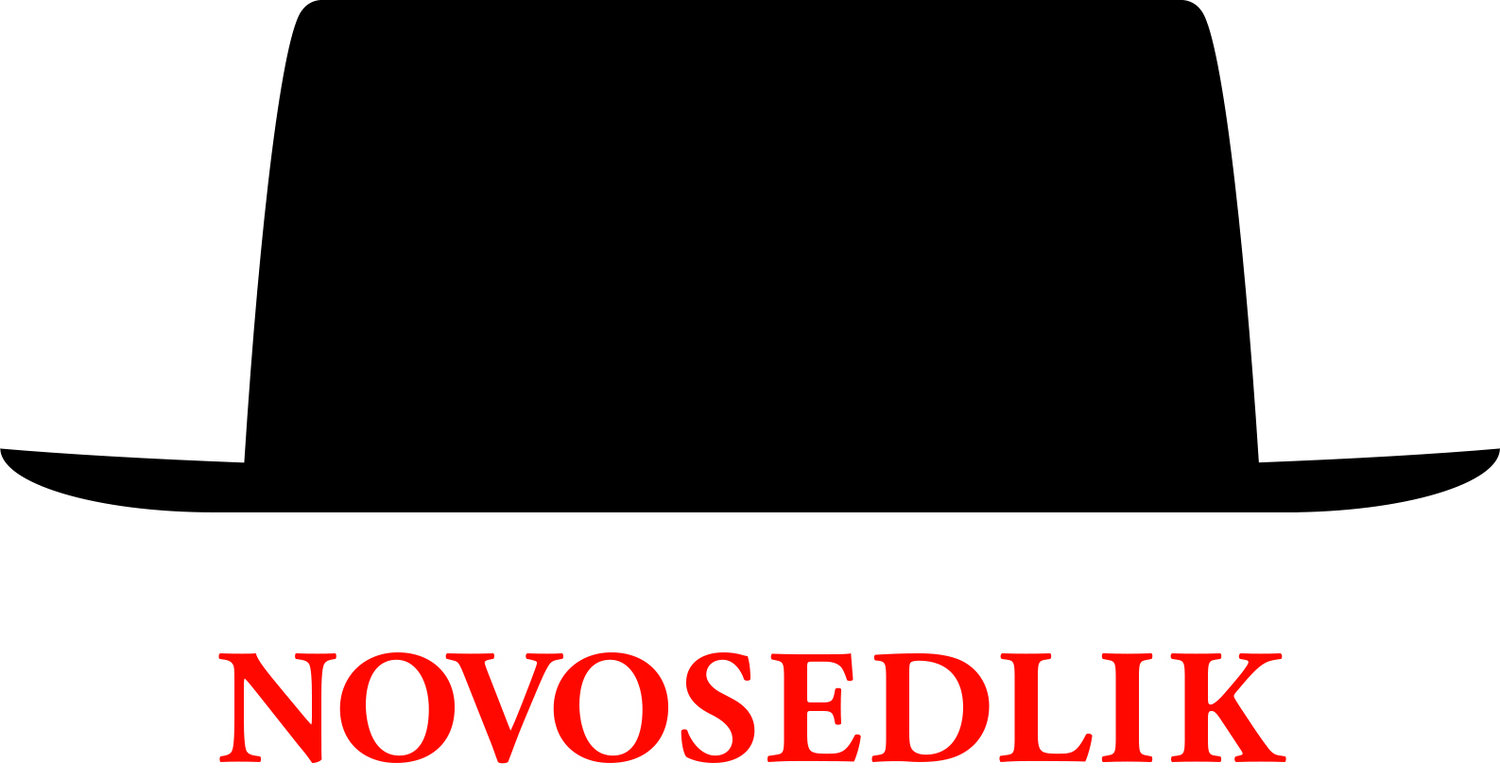Breaking the Rearview Mirror
.........................................................................
Originally published in MISC Magazine, 2011
.........................................................................
4 MINUTE READ
In The Medium is the Massage, Marshall McLuhan posits that “when faced with a new situation, we tend to attach ourselves to the objects, to the flavor of the most recent past. We look at the present through a rear-view mirror. We march backwards into the future.”
This has been amply demonstrated in many a science fiction movie, wherein set and costume designers imagine the future as a stylized extension of their own time. Witness Kubrick’s 2001: A Space Odyssey, in which the flight attendants and hotel receptionists wear unisex pantsuits, the men wear slim-fit suits without ties, and everyone looks like they’re hanging out in a cross between an IBM mainframe room and a club in swinging London circa 1968. Imagining the future is one thing; imagining a different future is quite another.
There is more than sufficient evidence in neuroscience research to explain why this happens. While the notion of right versus left brain thinking may have won Roger Sperry the Nobel Prize in 1981, the same prize was awarded to Eric Kandel in 2000 for disproving it. Kandel’s research revealed that you don’t actually use one side to think analytically and the other side to act intuitively. The two are constantly working together as one complete brain.
The new view is that we take things in, break them down and store the information on “shelves.” When new info comes in, the brain does a search to see if it fits with any other information that has been stored in your memory. When the brain finds a match, previous memories come off the “shelf” to combine with the new, and you have a thought. The breaking down is analysis; the search is intuition.
Hotel or . . . data center?
2001 or 1969?
No doubt Hardy Amies, the costume designer for 2001: A Space Odyssey, had a lot of unisex pantsuits on his brain’s shelves. Like Amies, we are often stuck with the same old inventory whenever we are looking for an innovative solution to a problem. Whatever’s on our brains’ shelves is what we use to fashion our thoughts and images of what innovation might look like. So how do we break through this rear-view mirror and march forward into the future instead of backwards?
Uncovering the insights that produce “Eureka” moments requires the re-combination and/or re-contextualization of elements that are already there, but that are not normally found together. Artists have been doing this for over a hundred years. Think of Marcel Duchamp’s ready-mades – they force people to rethink the everyday use of things like bicycle wheels and urinals by tearing them out of their quotidian contexts and recombining them in an artistic one.
General Electric adopted a more practical version of this in the 1990s as the company’s primary problem-solving method. GE developed a matrix that cross referenced the current understanding of a situation against possible ideas for action and known attempts for solving this problem in the past. The aim is to use this matrix to match possible ideas to known attempts to find new combinations that might lead to innovative new products.
Another version of this can be found in the dialectical method, wherein the world is seen as a complex series of processes in which development proceeds not in a straight line but by leaps or catastrophes or breaks in continuity. These breaks in continuity are achieved through the juxtaposition of contradictory ideas in the hopes of achieving a new outcome – one that has not been seen before. The great filmmaker Sergei Eisenstein gave form to this idea in his use of montage, forever changing the shape of cinematic narrative.
It may just be a matter of being able to let more stimuli into your mind. Recent research on ADHD, for instance, has revealed that while people with ADHD have trouble filtering out distractions, they may also be able to make connections between seemingly random thoughts or ideas, thus making them more creative thinkers. Those of us without ADHD may not be able to make these same connections. Our ability to focus may also keep us in a box – in order to break out of that box, we have to allow some chaos into our minds.
All of these examples illustrate the fact that new patterns are not pulled out of thin air but are discovered through the re-combination, re-contextualization and juxtaposition of elements that are already there. Artists and scientists have achieved breakthroughs in this way for centuries. The lesson is clear: develop tools and skills that allow you to break the mirror and recombine its shards into an as yet unimagined looking glass into the future.



